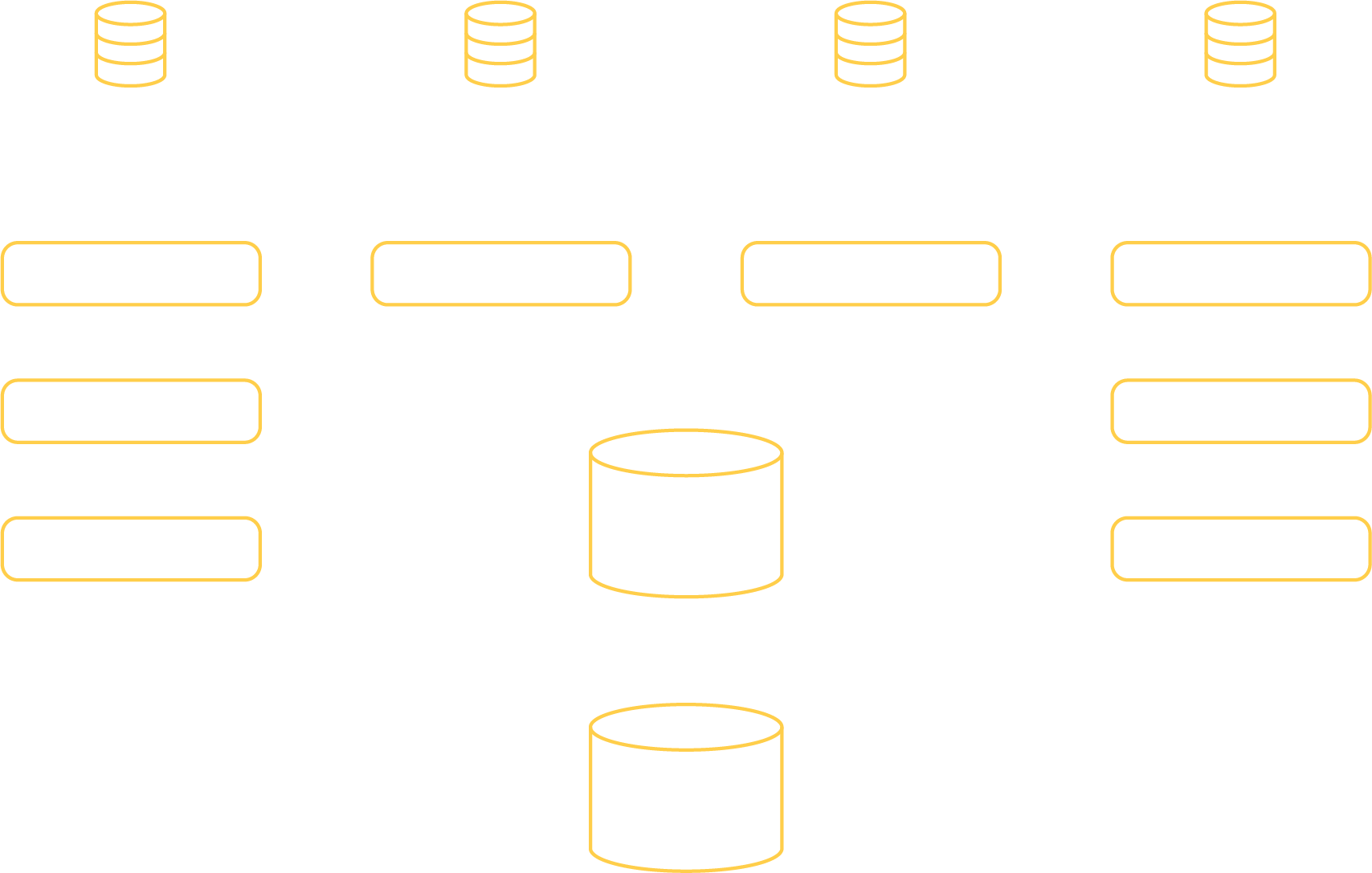Analytics apps
Analyze real-time data points
Overview
Analytics apps transform raw data into actionable insights, enabling data-driven decision-making across organizations. These applications collect, process, and analyze vast amounts of information from diverse sources, presenting results through intuitive visualizations. By leveraging advanced statistical methods and machine learning algorithms, analytics apps empower businesses to uncover patterns, predict trends, and optimize operations in real-time.

What is an analytics app?
Analytics apps are data processing systems that ingest, analyze, and visualize large volumes of data from multiple sources. They operate across various computational environments, from on-premises servers to cloud platforms.
These applications integrate data collection, storage, processing, and presentation components. They employ statistical analysis, machine learning, and data mining techniques to extract meaningful insights from complex datasets.
Analytics apps support batch processing for historical data analysis and stream processing for real-time insights. They adapt to varying data volumes and computational requirements, ensuring scalability and performance across different deployment scenarios.
Key properties of analytics apps
Analytics applications rely on several core capabilities to effectively process, analyze, and derive insights from diverse data sources.
Data ingestion
Collect data from multiple sources, including databases, APIs, file systems, and streaming platforms. They handle various data formats and structures, ensuring efficient and reliable data acquisition.
Data analytics
They clean, transform, and analyze data using sophisticated algorithms and statistical methods. They also apply machine learning techniques, data mining, and advanced analytics to extract meaningful patterns and insights from complex datasets.
Real-time data processing
Process data streams in real-time or near-real-time, enabling immediate insights and rapid decision-making. They handle continuous data flows, updating analytics results as new information arrives.
Scalability
Adapt to growing data volumes and increased computational demands. They efficiently utilize distributed computing resources to maintain performance as data and user loads increase.
Predictive algorithms
Forecast future trends and outcomes using historical data and machine learning models. These enable proactive decision-making by identifying patterns and projecting future scenarios based on current and past data.
Integration
Connect with various business systems, data sources, and external services. Combining data from multiple sources and integrating with existing IT infrastructure provides a comprehensive view of operations.
Akka components
- The reference data view is maintained separately, providing reference data for the analytics flow.
- The topic consumer component processes incoming topic messages. Messages are filtered, enriched with reference data queried from the ref data view, and transformed into commands forwarded to the analytics data entity.
- The analytics data entity processes and persists the commands, which trigger entity state changes.
- Multiple analytics data view components process the analytics data entity state changes, transforming and projecting the data into analysis result views.

How Akka enables analytics apps
Akka provides a modular architecture for analytics applications through its entity services and streaming components. Instead of requiring specialized analytics databases, Akka uses stateful entities and event sourcing to maintain analytical views of data, while its streaming API handles real-time data ingestion and processing. This architecture enables applications to process analytics workloads by combining entity state changes, materialized views, and stream processing - creating a scalable analytics pipeline without additional infrastructure dependencies.
Stream processing
Akka Streaming provides composable data pipelines with backpressure control for reliable data flow management. It enables source-to-sink transformations with built-in operators for filtering, mapping, and aggregating analytics data streams.
Component architecture
Combines entities, views, and consumers to build analytics pipelines. Entities maintain an analytic state, views provide queryable projections, and consumers handle data ingestion from various sources. This modular design enables flexible analytics processing flows with persistent state management.
Brokerless data plane
Akka uses peer-to-peer communication for direct inter-node data transfer, eliminating brokers. This reduces latency and boosts throughput, enabling efficient processing of large data volumes in distributed analytics applications.
Plugable integration
Akka provides connectors and APIs for integrating diverse data sources, processing engines, and analytics tools. It supports both streaming and batch processing, enabling hybrid pipelines for real-time and historical data analysis.
Stateful operations
Akka's distributed data capabilities enable efficient stateful operations across cluster nodes. This supports complex analytics workflows requiring persistent, distributed state management.
High-performance scalable clusters
Akka's event-driven architecture and non-blocking communication ensure high performance and low latency. The architecture supports horizontal scaling while maintaining consistent performance characteristics under increasing load. Node coordination and failure detection mechanisms ensure cluster stability during scaling operations.

